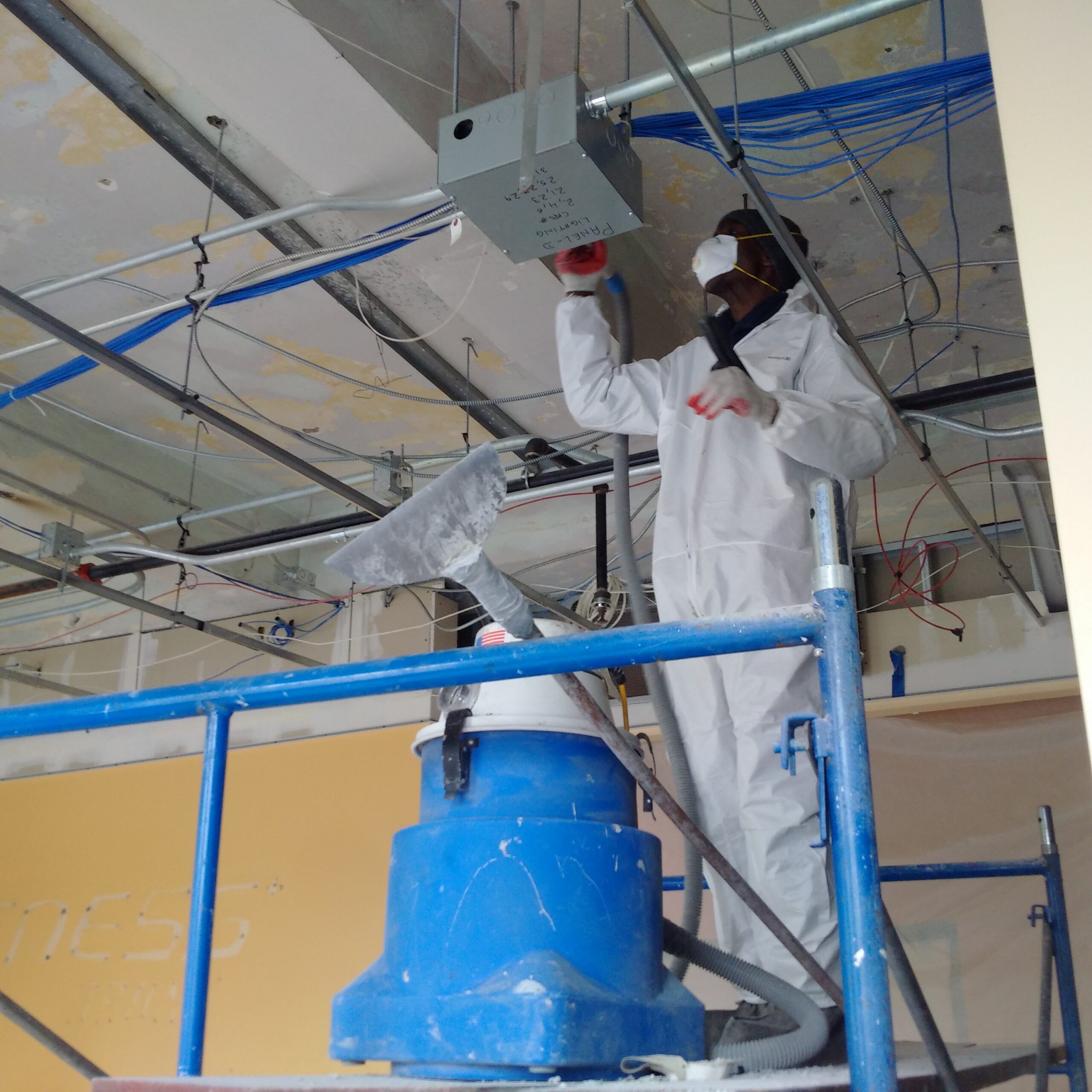Trusted DOH & HPD Lead Violation Removal in NYC-- Protect Your Building
Trusted DOH & HPD Lead Violation Removal in NYC-- Protect Your Building
Blog Article
Comprehensive Guide on Effective Lead Offense Removal Techniques
In the realm of environmental security, attending to lead infractions requires a meticulous and structured approach. This extensive guide begins by highlighting the crucial preliminary actions of determining lead dangers with sophisticated evaluation and screening techniques. Methods such as XRF analysis and dust wipe tasting are indispensable in pinpointing contamination resources. The guide clarifies on the importance of sticking to rigorous security procedures throughout the removal process, including the usage of correct PPE and separating impacted areas. The succeeding areas promise to discuss post-removal confirmation and precautionary techniques, ensuring long-lasting security and conformity. Discover the elaborate information that make these strategies not simply effective but important.
Recognizing Lead Dangers
Determining lead threats is an important initial step in minimizing the risks connected with lead direct exposure. Lead, a harmful metal, can be existing in various environmental tools, consisting of paint, soil, water, and dust. It presents extreme wellness risks, especially to kids and expectant women, resulting in neurological damages and developing hold-ups. Therefore, specific identification of prospective lead resources is crucial for effective remediation.
The preliminary phase in determining lead dangers includes comprehending typical lead sources within the developed setting. Structures constructed prior to 1978 are specifically at risk as a result of the widespread usage of lead-based paint during that period. In addition, soil contamination can occur from deteriorating exterior paint, commercial exhausts, or historical use of leaded gasoline.
One more considerable source is lead piping and plumbing components, which can leach introduce drinking water. Customer products such as toys, porcelains, and imported items may also have unsafe lead degrees. Significantly, work environments and pastimes including lead can track contaminants right into homes.
Evaluation and Testing
When dealing with lead threats, efficient analysis and testing are vital. Initial evaluation typically includes an aesthetic evaluation to determine possible lead sources, such as degrading paint or infected dust.

Dirt clean tasting is another vital strategy, specifically in residential settings. By gathering samples from floorings, windowsills, and various other surface areas, this approach provides insights into prospective exposure dangers. Moreover, dirt screening around structure borders is important to spot lead contamination that might present dangers, particularly to kids.
Safe Elimination Treatments
Upon completing complete evaluation and testing, executing safe elimination treatments is the following vital phase in dealing with lead hazards. This procedure guarantees that lead-contaminated materials are properly and securely removed, reducing risk to both employees and citizens. The very first step entails separating the afflicted area making use of plastic sheet and proper securing methods to stop the spread of lead dust.
Employees should don ideal individual protective tools (PPE), including respirators, gloves, Read Full Report and non reusable coveralls, to reduce direct exposure. Utilizing specialized devices and damp methods, such as damp sanding or making use of HEPA-filtered vacuums, reduces the dispersion of lead fragments. It is important to avoid completely dry sanding or rough blowing up, as these methods can create hazardous lead dirt.
Waste disposal is one more crucial element; all contaminated materials have to be safely landed and labeled according to EPA and neighborhood regulations. Furthermore, comprehensive cleansing of the work location with HEPA vacuums and wet cleaning guarantees the elimination of residual lead fragments.
Post-Removal Confirmation

Confirmation of successful lead removal, known as post-removal verification, is important to guarantee the security and habitability of the remediated area. This evaluation ensures that all known sources of lead have actually been resolved and that no noticeable indications read this post here of contamination stay.
Complying with the visual inspection, ecological tasting is performed. This includes collecting dirt, soil, and in some cases water samples from the remediated location. Approved research laboratories examine these examples to measure lead levels, guaranteeing they fall below the safety and security limits established by regulatory bodies such as the Environmental Protection Agency (EPA)
In addition, air top quality screening may be executed to identify air-borne lead particles, specifically in situations where comprehensive lead-based paint elimination or improvement has occurred. The outcomes of these tests give measurable data verifying that the lead levels are within permitted limitations.
Eventually, post-removal confirmation works as a vital checkpoint, confirming the effectiveness of the lead reduction efforts and guarding the health of occupants and site visitors.
Preventative Procedures and Maintenance

A crucial preventive procedure includes using lead-safe licensed professionals for any kind of remodelling, fixing, or painting tasks. These professionals are trained in methods that lessen lead dust and debris. In addition, maintaining colored surfaces to stay clear of cracking or peeling is crucial, as weakening paint can launch lead fragments into the environment.
Educational efforts targeting residential or commercial property owners and lessees concerning the risks of lead and the value of reporting any kind of potential hazards can even more improve preventative initiatives. Regular cleansing utilizing HEPA vacuum cleaners go to my site and damp wiping strategies can significantly decrease lead dust build-up.
Final Thought
In recap, efficient lead infraction elimination demands a thorough approach encompassing comprehensive assessment, accurate testing, and stringent removal procedures. Ensuring safety and security through correct seclusion and individual safety devices stays critical. Post-removal verification via ecological tasting and air top quality screening confirms conformity with well established security standards. Ongoing examinations and upkeep are important to mitigate future lead threats, consequently protecting public health and making certain sustained conformity with regulative requirements.
Report this page